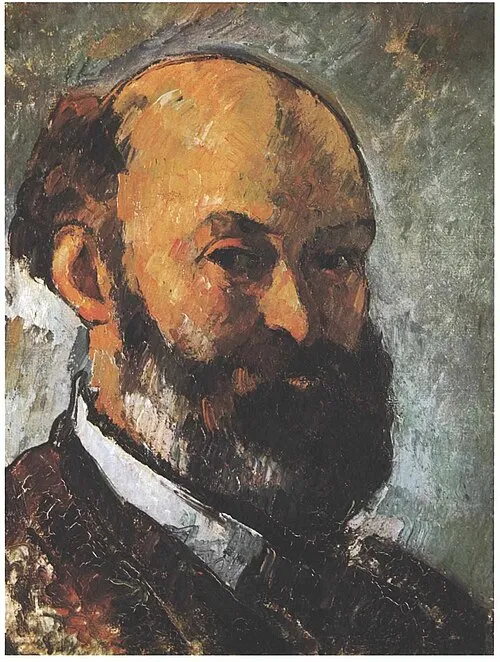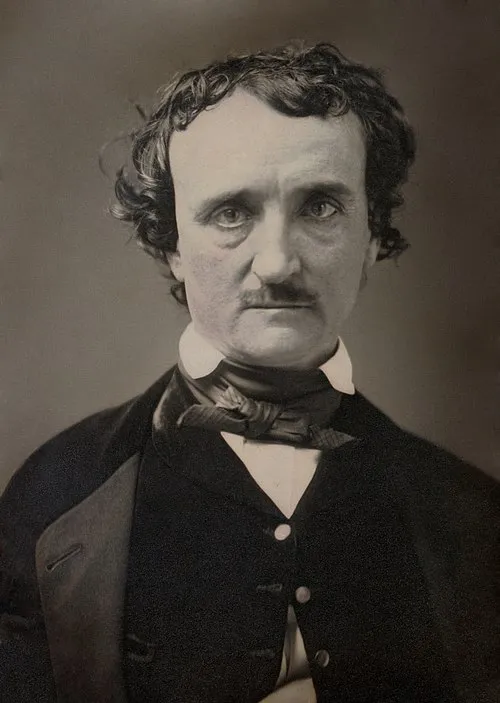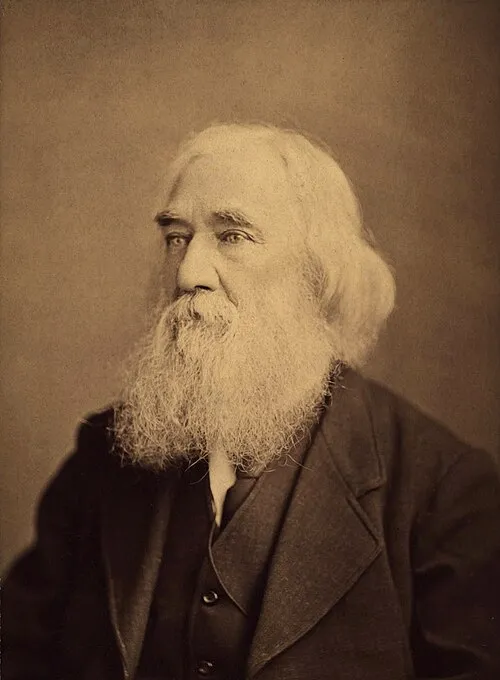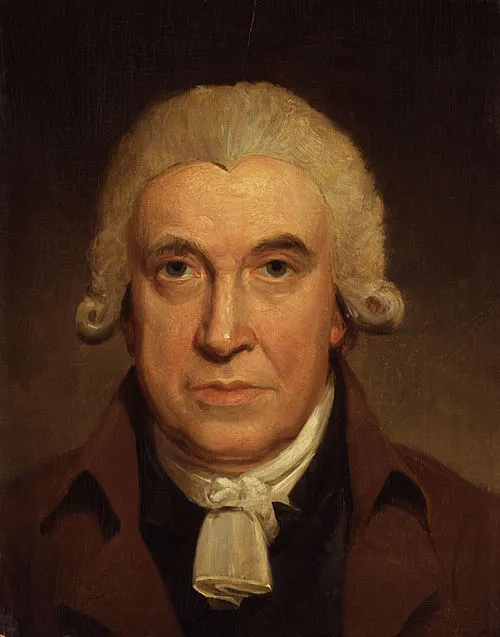
Full Name: Paul Cézanne
Nationality: French
Occupation: Painter
Birth Year: 1839
Death Year: 1906
Art Movement: Post-Impressionism
Notable Works: The Bathers, Mont Sainte-Victoire
1839 – Paul Cézanne, French painter (d. 1906)
Early Life and Education
Cézanne was born into a wealthy family, and his father was a successful banker. This financial security allowed him to pursue art, contrary to his father's wishes for him to take over the family business. After initially enrolling in a law school, Cézanne began sketching and later decided to abandon his legal studies to fully embrace his passion for painting.
His formal art education began at the École des Beaux-Arts in Aix-en-Provence and later in Paris, where he met artists like Camille Pissarro and Claude Monet. Their influence helped sharpen his artistic vision, laying the foundation for his unique style.
Artistic Development
Cézanne’s early work was heavily influenced by Impressionism, characterized by loose brushwork and an emphasis on light. However, he gradually evolved his style to include more structured forms and a muted palette. His iconic approach involved breaking down objects into geometric shapes, emphasizing their volume and the way they interacted with light.
One of Cézanne’s most famous series of works is his still lifes, particularly those involving apples and other fruits. In these paintings, he often used a method of layering paint that added depth and texture, inviting viewers to explore the image from different angles.
Impact on Modern Art
Cézanne's innovative techniques and vision transformed the landscape of modern art. He is often referred to as the “father of modern art” because of his ability to merge traditional artistic principles with contemporary ideas. Artists such as Pablo Picasso and Henri Matisse drew inspiration from his work, which encouraged them to develop their own artistic philosophies.
His commitment to portraying the world around him influenced not only painters but also sculptors, architects, and even photographers. Cézanne’s belief that painting should be an expression of the artist’s perception rather than a mere representation of reality helped usher in a new era of artistic exploration.
Legacy
Today, Paul Cézanne's works are celebrated worldwide, with his paintings housed in prestigious museums and galleries. His influence is still felt in the art world, as new generations of artists study his techniques and philosophical concepts.
Cézanne's legacy serves as a reminder of the power of innovation and the continuous evolution of artistic expression. Not just a painter, he was a thinker whose ideas flourished long after his death.
Paul Cézanne: The Bridge Between Impressionism and Modern Art
On January 19, 1839, in the quaint town of Aix-en-Provence, a future master was born who would forever change the landscape of art. Paul Cézanne grew up surrounded by the lush hills and vibrant colors of Provence, his early life painted with the warm hues of sunlight filtering through olive trees and vibrant fields of lavender. However, despite this idyllic setting, young Paul faced a tumultuous relationship with his father a successful banker who envisioned a secure future for his son within the confines of commerce rather than art.
As a teenager, Cézanne found himself torn between familial expectations and his passion for painting. In an attempt to please his father while pursuing his artistic inclinations, he enrolled in law school in Aix-en-Provence. Nevertheless, this conventional path proved unsatisfactory; he spent more time sketching than studying legal texts! Ironically, it was during these formative years that he formed lasting friendships with fellow artists like Émile Zola who would later pen scathing critiques on society and Camille Pissarro.
The break from traditional academic life came in 1861 when Cézanne decided to move to Paris the epicenter of artistic innovation at that time. Here he encountered new ideas and movements that would shape not only his work but also the trajectory of modern art itself. Despite facing harsh criticism from established critics who dismissed him as merely 'a failed artist,' Cézanne persevered through what many consider some of his darkest days.
It was perhaps during these trials that Cézanne’s unique style began to take form a blend where form met color in ways previously unexplored. His technique emphasized structure through color; shapes appeared almost sculptural under layers applied meticulously yet spontaneously! It wasn’t long before he developed what became known as “constructive brushstrokes,” imbuing even still lifes with dynamism and depth.
The Impressionist Circle
Cézanne's works caught the attention not just due to their aesthetic appeal but because they hinted at broader implications regarding perception itself how we see things around us! Despite this profound contribution to modern aesthetics, he remained somewhat an outsider even within circles such as Impressionism where fleeting moments were celebrated over precise representations.
One could argue that part of this distance stemmed from intense self-doubt; after all, every brushstroke held both promise and peril for him… He exhibited alongside renowned contemporaries like Monet or Degas yet often felt overshadowed by their remarkable grasp on light's fleeting nature! Perhaps it is no coincidence then that many view him today as “the father” or precursor to Cubism setting aside conventional representations in favor of geometric abstraction.
A New Vision: Landscapes & Still Lifes
Perhaps one reason why Cézanne’s legacy has endured lies within how profoundly personal many pieces are; be it landscapes soaked in golden light or still lifes bursting forth vibrantly from simple settings... The famed painting “The Bathers” captures both forms beautifully: it showcases nudes engaging harmoniously amidst nature while echoing classical ideals a dynamic interplay between humanity and surroundings!
Beyond Subject Matter
Cézanne had an unyielding belief that color should convey emotion rather than simply represent reality as seen prominently through fruits arranged gracefully upon tables or mountains looming majestically against clear skies! His ability to capture what lay beneath surfaces transcended mere depiction; each stroke radiated energy pulsating throughout canvases crafted diligently over days spent contemplating compositions before actualizing them onto canvas… Who knows how many times frustration turned into inspiration?
The Impact on Future Generations
Fast forward several decades posthumously after passing away quietly on October 22nd 1906 amidst sunny Provençal streets we find ourselves reflecting upon influence unbounded across various movements including Fauvism or Expressionism! Art critics laud artworks featuring bold hues layered intriguingly atop one another exploring emotional resonance while formalists champion innovative methods used alongside revolutionary approaches taken towards subjects traditionally grounded within realism!
Cézanne remains pivotal among those seeking authenticity infused seamlessly throughout artistry flourishing even today amid bustling galleries worldwide where emotions stir deep resonances echoed back unto viewers experiencing revelations anew every encounter each piece revealing layers hidden just beneath surface areas yearning exploration beyond simple observation...
A Legacy That Resonates Today
If we pause long enough amidst our fast-paced lives consumed by digital distractions you might discover something stirring deep within your own soul too waiting patiently yearning expression akin perhaps those vibrant landscapes crafted skillfully through brushes dipped lovingly into colors drawn directly outwards capturing fleeting beauty found surrounding us constantly... A testament indeed honoring namesake revered still today centuries later!
The Ongoing Dialogue Between Past & Present
This ongoing dialogue serves well encapsulating sentiments shared universally across generations maintaining relevance linking past experiences intertwined with present-day explorations influencing creative realms endlessly challenging norms persistently reminding us all (perhaps) true beauty exists oftentimes hidden away awaiting revelation so long as eyes open wide enough embrace diversity reflected myriad ways from playful strokes added purposely creating textures apparent revealing essence much deeper meaning underlying surfaces rendered hastily otherwise overlooked entirely if not careful!








